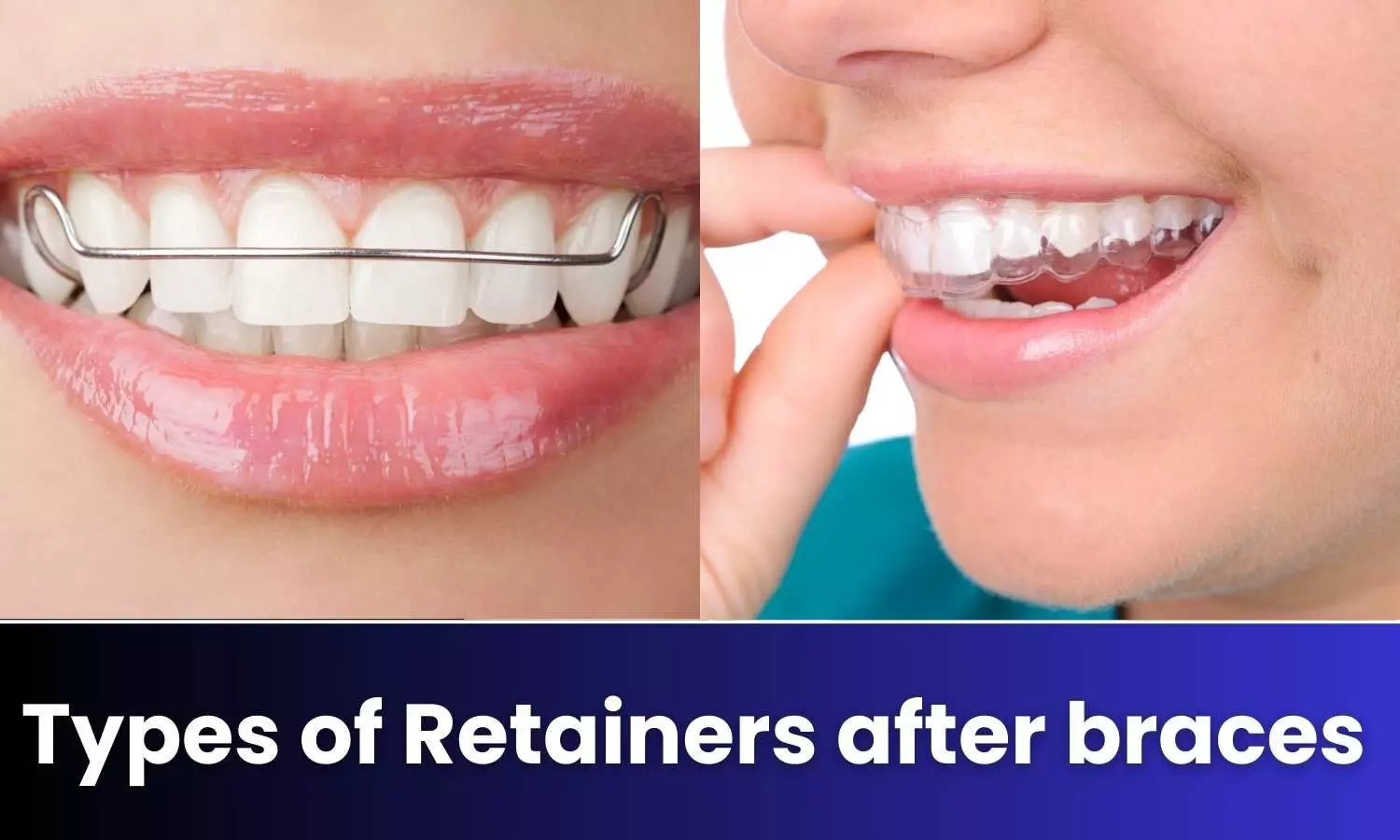Types of Retainers After Braces

If you’ve recently finished your braces treatment—congratulations! You’ve worked hard to get that beautiful, straight smile. But as much as I hate to break it to you, your journey isn’t quite over yet. Even though your braces are off or your aligners are stored away, there’s one final, very important step to keep your smile in place: wearing your retainer.
I know, it might seem like an extra hassle after all the time you’ve already put into your treatment, but trust me—it’s worth it. In this blog, I’ll walk you through exactly what retainers are, why they’re so important, and the types that are available today to help you maintain that perfect smile.
What Are Retainers?
In simple terms, a retainer is a custom-made device worn after orthodontic treatment (like braces or clear aligners) to keep your teeth in their new, corrected positions. After the hard work of aligning your teeth, your retainer’s job is to retain that progress and stop your teeth from returning to their previous location.
Remember retainers as your smile’s bodyguard—they help protect the results you worked so hard to achieve!
What Are the Different Types of Retainers?
There are mainly two types of orthodontic retainers: removable and fixed. Here’s a breakdown of both types:
- Removable Retainers
These retainers can be taken out for eating, brushing, or special occasions. There are two common kinds:
- Hawley Retainers: These are made up of acrylic and metal wire. The wire sits across the front of your teeth, while the acrylic portion fits snugly against your palate (roof of your mouth). Hawley retainers are durable, easy to adjust, and have been used for many years.
- Clear Plastic Retainers (Essix Retainers): These retainers look similar to clear aligners and fit over your entire dental arch. They are less visible than Hawley retainers, making them a popular choice for those who prefer something discreet.
- Fixed (Bonded) Retainers
A fixed retainer is a thin wire that is glued to the back of your teeth (usually the front six teeth). This type of retainer is permanent, so you don’t have to worry about forgetting to wear it. While convenient, it does require extra care to keep clean, as plaque can easily build up around the wire.
One important thing to note is that every case is different, and your orthodontist might suggest that you go ahead with a specific type of retainer that is best for you.
So remember, wearing your retainer regularly is the key to maintaining that beautiful smile you’ve worked so hard to achieve—don’t let all that effort go to waste!


